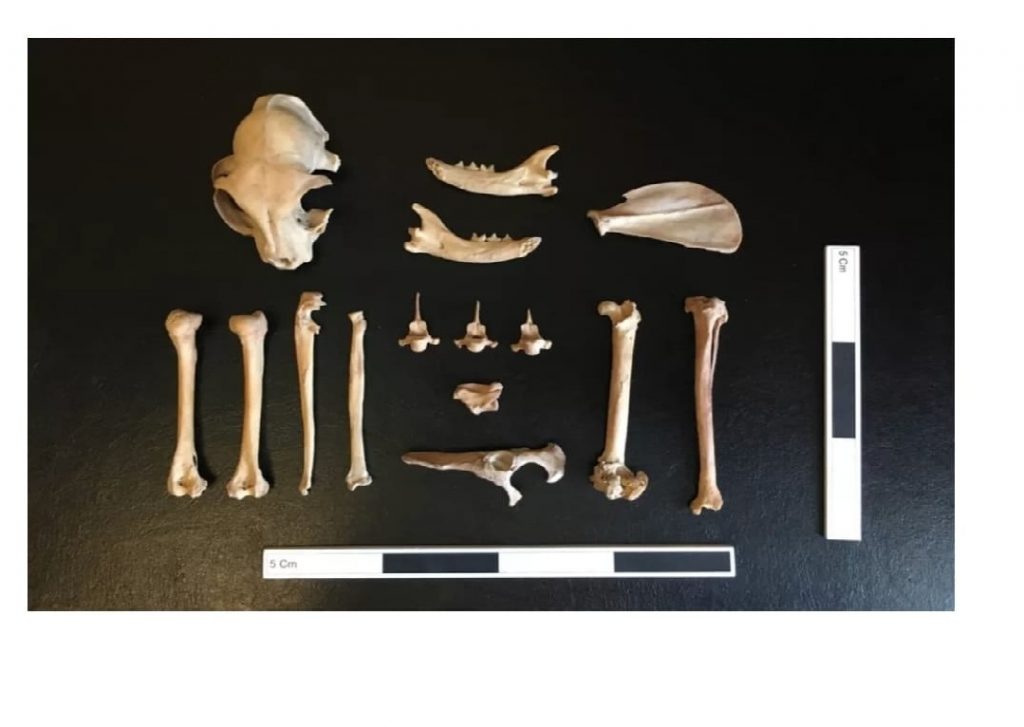Researchers discovered a nearly-complete cat skeleton on Kazakhstan’s Silk Road, which may prove that humans kept cats as their companion animals over 1,000 years ago.
In a new study published by researchers from Germany, Kazakhstan, and Russia on Journal of Scientific Reports, they reconstructed the ancient feline’s life to get a clearer picture of its life over a thousand years ago.

The scientists classified the cat as male and that he looked to have eaten a soft diet that was high in protein. The skeletal remains of the cat also suggested that it might have fallen or hurt itself, but it looked like a human, possibly from the pastoral Oghuz tribe, tried to care for it based from how the bones of the cats healed. It suggested the cat lived a long life as it lost most of its teeth.
“They carefully cared for and tended to this animal throughout its life, providing high quality food and medical care,” the researchers said in the study. “Thus, this small cat is not only the earliest know domestic cat on the Silk Road, but also evidence of the complex interface between nomadic and urban cultural world views in a rapidly globalizing world.”
You might want to read:
– Giant 70m year old fossil of a fish found in Argentina
– Second tooth fossil of Megalodon discovered in Bohol
– World’s smallest fossil monkey discovered in Amazon jungle






